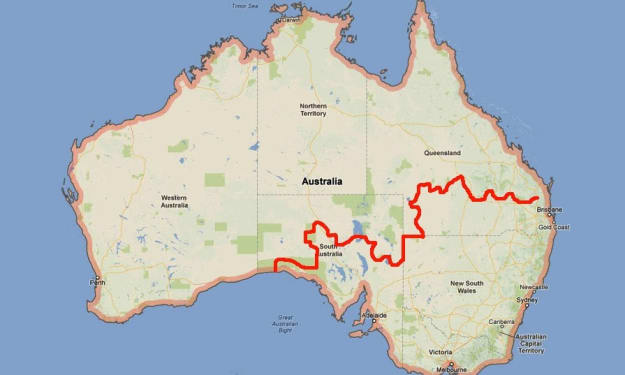Why Earth Is Round and not Other shapes
Is Earth Spherical ?
In reality, the formation and evolution of planets are complex processes influenced by various factors, including initial conditions, the dynamics of material in protoplanetary disks, and the collisional and gravitational interactions that lead to the gradual accretion of material into planetesimals and eventually planets. These factors, along with the influence of gravity, lead to the predominantly spherical shapes we observe in planets.
Planetary formation, dynamics, and the laws of physics result in spherical shapes for celestial bodies like planets due to the balance of forces, particularly gravity. Still, your exploration demonstrates a curious and playful approach to scientific concepts, and it's great to see your enthusiasm for thinking outside the box (or sphere, in this case)!
These protoplanets continue to grow through accretion and collision with other planetesimals and protoplanets, eventually reaching sizes where their gravitational influence becomes significant. The concept of some protoplanets becoming "grand masters" of their cosmic neighborhoods and evolving into the planets we know and love is a great way to describe how these celestial bodies develop within their respective planetary systems.
Indeed, the forces of nature, whether it's gravity, surface tension, or centripetal force due to rotation, tend to favor spherical shapes. The interplay between these forces and the tendency for objects to distribute mass evenly leads to the formation of spherical or near-spherical shapes.
The force of gravity pulls matter toward the center of mass, and when a certain amount of material accumulates, it forms a sphere due to the balanced distribution of this gravitational force.
The historical discoveries of Uranus and Neptune highlight the importance of observing planetary motions and perturbations to understand their true nature. These discoveries demonstrated that the planets in our solar system share common characteristics, including their spherical shapes, which are a result of the equilibrium between gravitational forces and internal pressures.
In the case of Earth, the same physical laws apply. Gravity pulls matter toward the center of the planet, and the pressure from this matter pushing outward counteracts gravity, leading to a roughly spherical shape. The observable phenomena of other planets being spherical provide strong evidence that Earth should follow the same principle.
The concept of Earth's sphericity is not just a result of analogy; it's rooted in observations, physics, and centuries of scientific exploration. Thank you for highlighting this connection between the spherical nature of planets and the Earth's own shape!
The effect of rotation on flattening is particularly fascinating. As you mentioned, when an object rotates, the centrifugal force counteracts gravity, causing the object to bulge at the equator and flatten at the poles. This is why planets like Earth and gas giants like Jupiter exhibit an oblate spheroid shape. The concept of flattened shapes due to rapid rotation applies not only to planets but also to stars, galaxies, and other cosmic structures.
Imagine a bicycle wheel with spokes extending from the center to the outer rim. Gravity acts similarly, pulling everything inward toward the center of the planet, just like the spokes of the wheel. This uniform gravitational force from all directions helps shape the planet into a sphere, which is the most efficient and stable configuration in terms of evenly distributing the gravitational forces.
This concept is known as hydrostatic equilibrium, where the gravitational force and the pressure exerted by the material balance each other out, resulting in a roughly spherical shape for celestial bodies like planets. Thank you for providing this clear explanation of why planets are typically round!
Remember, scientific exploration often involves considering hypothetical scenarios and pushing the boundaries of our understanding, even if those scenarios might not align with reality. Keep asking questions, imagining, and learning about the fascinating world around us! We now agreed why the earth is spherical.
About the Creator
Felix Afele
I am a dynamic individual whose passion for both the written word and the world of finance has shaped a unique and multifaceted career. Felix Afele has carved a niche for himself as a talented writer and a dedicated finance enthusiast.







Comments
There are no comments for this story
Be the first to respond and start the conversation.